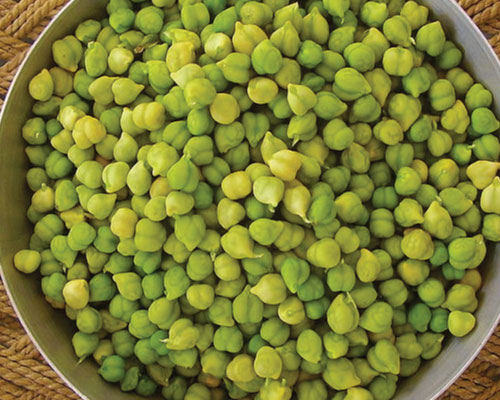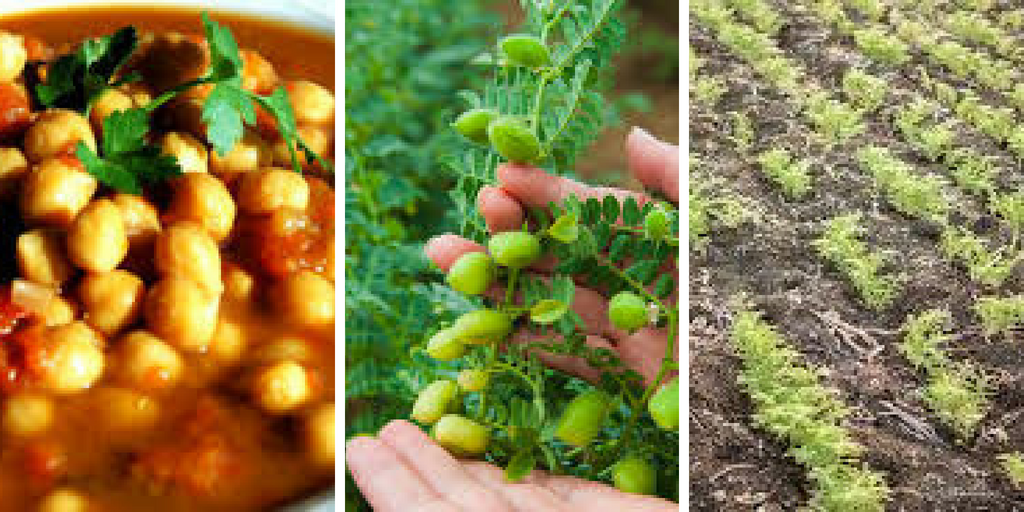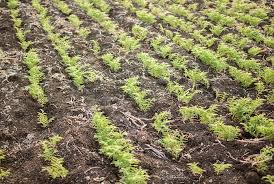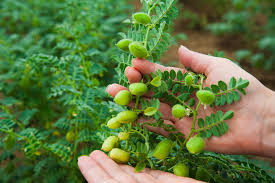Garbanzo beans are popular varieties of beans widely known as chickpeas. Ironically, they are considered scientifically neither beans nor peas. Garbanzo beans are on the major sources of complete protein and fiber. In this article, you will find a detailed guide on how to grow garbanzo beans.
Garbanzo beans are popular low maintenance plants. Even beginner gardeners can grow them easily. These beans are heavy producers and since they are bit expensive, growing them in your garden is economical and rewarding. Besides, you can use them in a variety of dishes such as salad wraps, soups, stews, cakes, truffles and many others.
Being rich in protein and fiber, Garbanzo beans can prevent many dangerous diseases including diabetes, heart disorders, and cancer. They also strengthen bones and improve the digestive system. Therefore, many people favor growing these beans over tomatoes, cucumbers, carrots and many other vegetables. Continue reading to learn how to grow Garbanzo beans.
1. Climate
Chickpeas is a cool season plant that originates from South Asia. It is usually grown in winter. However, growing it in a relatively warm climate is also possible as long as you choose to grow it between spring and late summer. This crop usually requires 3 to 5 maths to mature enough to be harvested.
2. Seeds

To successfully grow garbanzo beans, you will need high-quality seeds. Avoid cheap seeds and but your seeds directly for a quality prestigious store. Why? because garbanzo beans seeds don’t corrupt even after years and they remain suitable for planting. However, fresher seeds germinate better.
3. Choose a location
You need to choose a sunny position. Garbanzo beans require direct heavy sunlight exposure. You should also choose a spot where good air circulation is available. You should definitely avoid shades positions. Garbanzo seeds don’t tolerate shade.
You should always keep in mind that Garbanzo beans prefer a warm climate with temperature degrees range between 70F and 80F. If the temperature falls below 60F, it may kill your seeds.
Make sure you pick an adequate position as it will be a permanent position for your plants. Garbanzo beans don’t like transplanting because of their shallow delicate roots.
4. Soil
Some soil amendment may be needed for improving and accelerating the germination rate of the seeds. Mix the to 12 inches of your soil with 6 inches of good compost. The best composts to use are organic composts. Clean up the soil from weeds and rocks and any other impediments.
Make sure that you use well-draining soil. You could add sand and manure to improve the quality of the soil.
5. Planting
Once you removed all weeds debris and rocks from the position you chose, you can start sowing the seeds. They will need an at least one-inch hole for each seed. You will also want to space them apart as spacing improves germination rate. Leave a space of 24 inches in all directions between the holes.
6. Watering
Garbanzo beans need a moderate watering. Overwatering causes fungal disease. Therefore, you better water the seeds carefully until they germinate. You could check whether or not your plants need watering by poking your finger into the soil and test how moist it is. Don’t let it dry out completely. A slightly moist soil is advisable.
7. Fertilizing
Garbanzo beans require moderate nitrogen fertilization for a better growth. However, it is not necessary to use nitrogen fertilizer, it is just recommended. If you want to fertilize your plants, 5-10-10 fertilizer is an excellent choice. Don’t over fertilize.
Mulching is also helpful. Adding organic mulch will keep your seeds war which in turn will help them grow faster and produce a better yield.
8. Pests and diseases
Chickpeas are vulnerable to pests and diseases. Their growth is threatened by Cutworms, aphids, chickpea leafminers, pod borers, grasshoppers and beet armyworms. Therefore, it is recommended that you apply organic pesticides and neem oil to protect your plant.
The most common diseases that may attack your plants are Ascochyta blight, root rot, and stem rot. These are mainly caused by overwatering thus you should be able to avoid them.
9. Harvesting
You should be able to harvest your plants 100 days after planting. Keep an eye on the pods, once they swell, then it is time to start harvesting. You could either cook them or eat them as soon as you mick them. They are sweet and tasty.
These are the most effective steps if you want to learn how to grow garbanzo beans. These steps will ensure that your plant grows, thrive, and produce a rewarding yield. You could grow other tasty and healthy beans such as pinto beans.
Enjoy gardening and if you ever needed more tips or instructions. We remain at your disposal.





